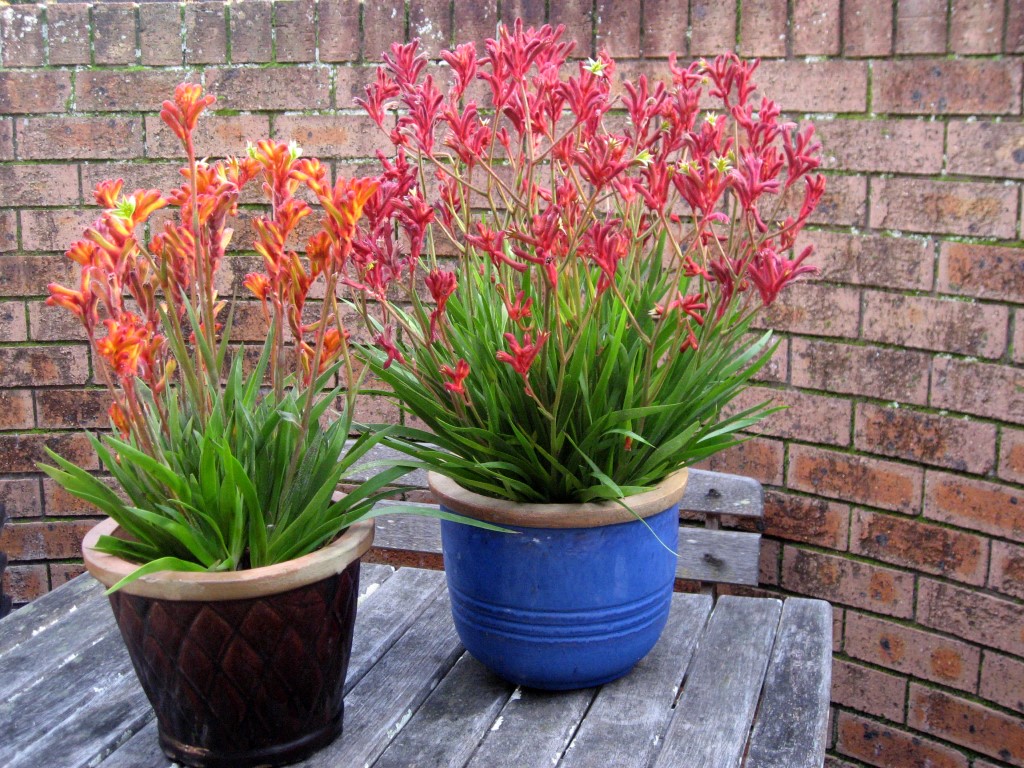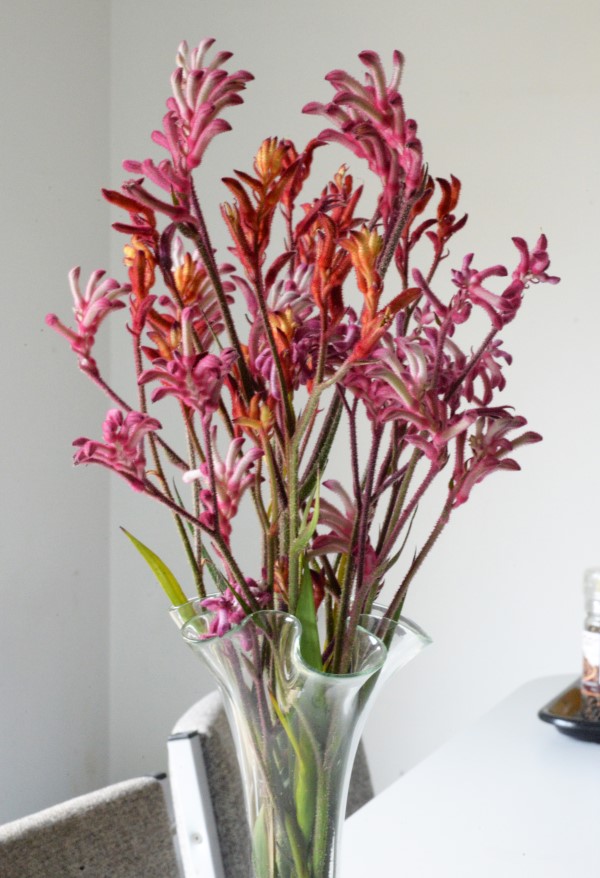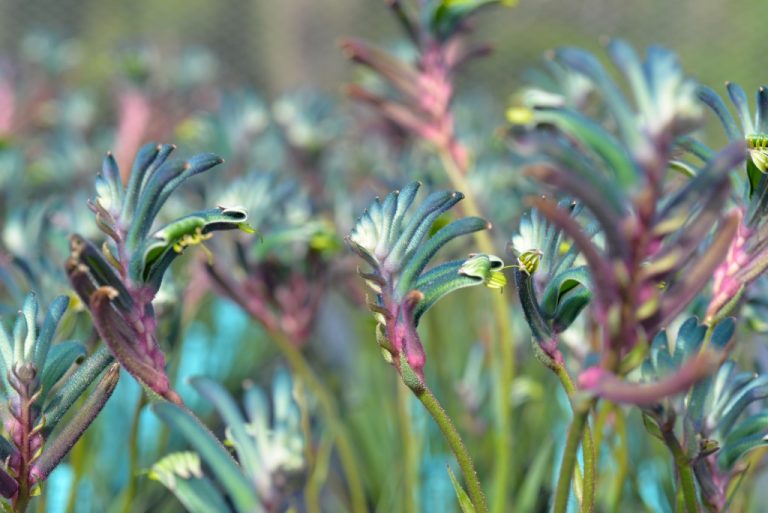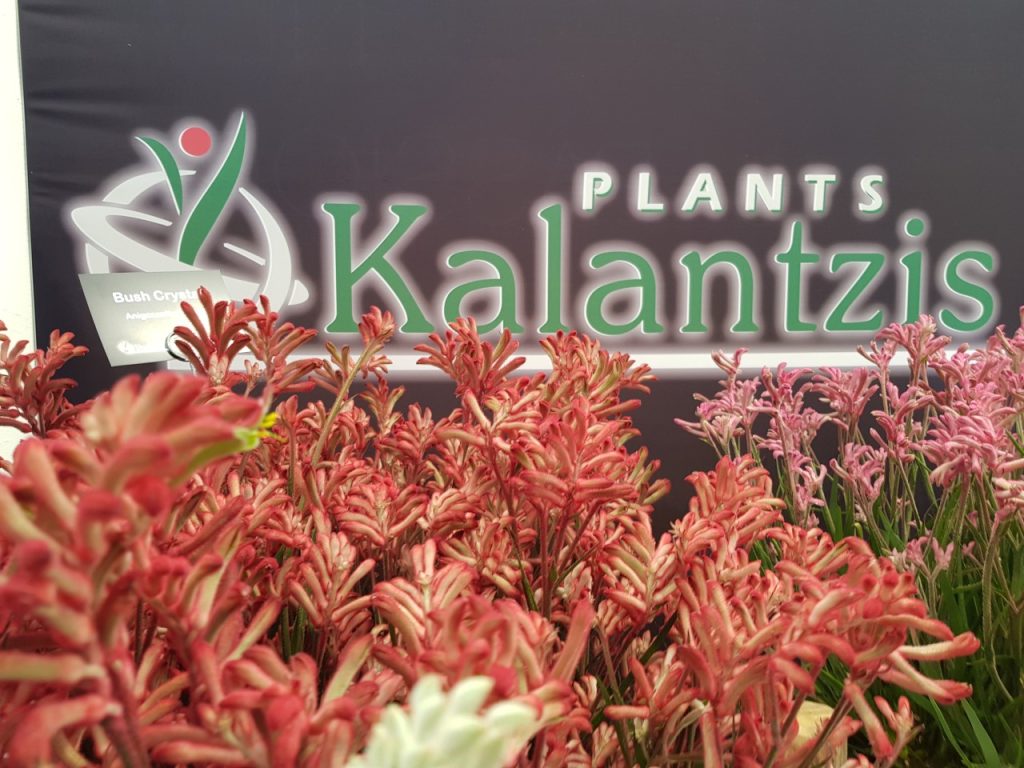Anigozanthos is an exotic shrub native to Australia but thrives in many climates as it is pretty hardy. The flowers it produces are velvety and stiff and possess many vivid colors. At the same time, their long foliage adds an exotic touch to their overall image.
Our Anigozanthos is produced from unique genes that come directly from our partners in Australia. Our varieties are famous for their durability and can grow with minimal care in the Mediterranean climate. With a bit of effort, they can thrive in any environment. We offer more than 30 different varieties of Anigozanthos; we cover a wide range of products suitable for flowerpots, flower beds, and landscaping.

What is the ideal location to plant Anigozanthos
The kangaroo paw is a reasonably hardy plant for the Mediterranean climate. It loves the sun, as it comes from a territory with enough heat and drought, so it is ideal for open locations in the garden or on the balcony. In addition, the more sun the Anigozanthos has at its disposal, the more intense and fancy colors its flowers deliver.
The larger varieties that we cultivate are hybridized to grow and thrive when planted in soil. Our smaller cultivars can do just as well on the ground as they can be the first line of an Australian-themed landscape. Choose a place with enough light in the garden and direct contact with the sun, and in the spring, you will be surprised by the result.
Tip: Do not forget, another ideal location for Anigozanthos is in a vase inside the house. You can cut the flowering shoots just before spring, and your plant will produce new, more striking flowers later.

How to plant the kangaroo paw
The perfect time to plant Anigozanthos in the ground is in autumn. The weather is still favorable enough for the plant to withstand the process and give enough time to create solid rootings and acclimatize before its first spring.
Although the kangaroo paw does well with all soil types, we recommend choosing a slightly acidic, sandy soil as long as it has adequate drainage. After transplanting Anigozanthos to the ground, it is advisable to cover the surface with grated pine bark to protect the soil from weeds and help your plants retain more moisture with less watering.
How to properly care for your plant
Anigozanthos is quite a drought-tolerant plant and does not require large amounts of water to survive; however, in spring, especially in summer, it is crucial to have enough moisture in the planted pot or soil. The kangaroo paw thrives on temperatures of 20 – 25 degrees Celsius.
Before spring, the greatest gift you can give is to prune all the flowering shoots at ground level and add light compost. Anigozanthos does not have high requirements for nutrients, as it grows very comfortably, so a simple fertilizer is sufficient.

What to watch out for during the winter
As the climate of Greece, but also of the whole of Europe has changed a lot in recent years. The winters are becoming colder, and we need to assist our plants in surviving the frost waves. The hybrids we grow are resistant to winter frost, with the majority withstanding -5 – 0 degrees Celsius.
If the forecast shows a temperature of fewer than 0 degrees, it is wise to protect your plants with antifreeze cloths or to bring them indoors in the case of pots. After the polar wave has passed, check which branches and leaves are damaged and prune them directly from the base so that they do not rot and form bacteria and fungi. The plant may look “naked,” but we promise you that its roots are alive and prosperous, and with the first warm sunbeam, they will flourish again and rise with their gorgeous colors!

